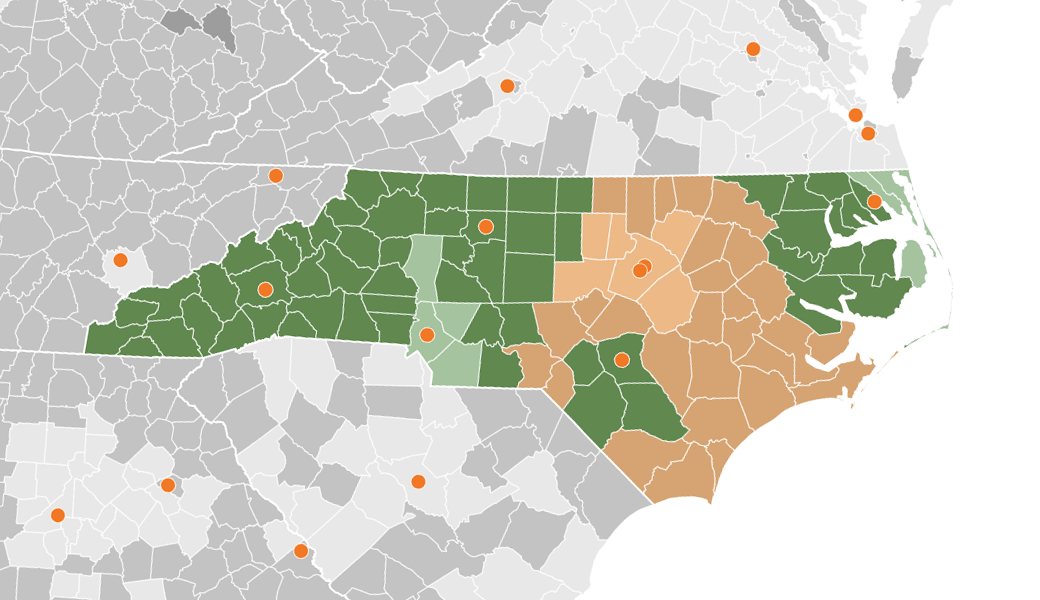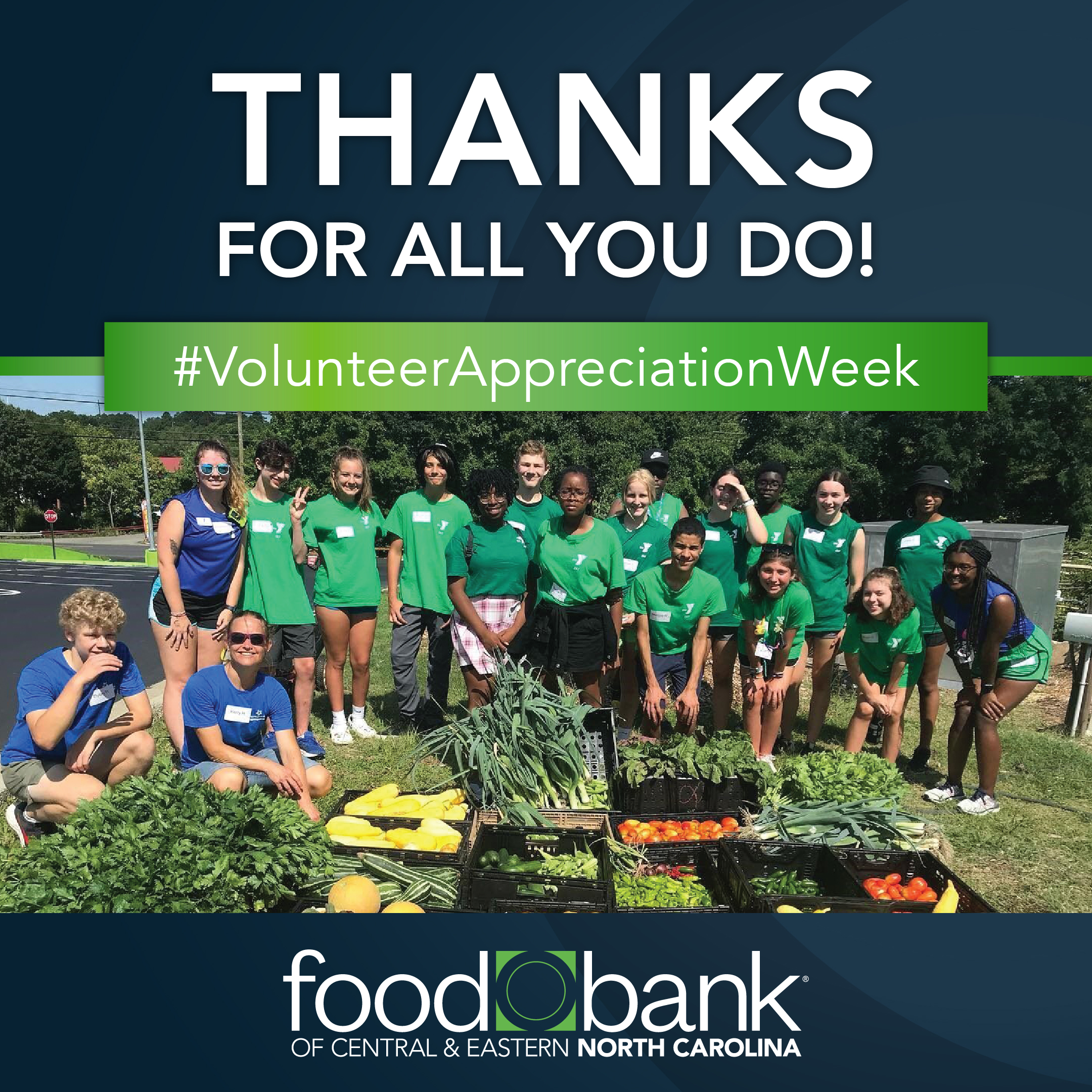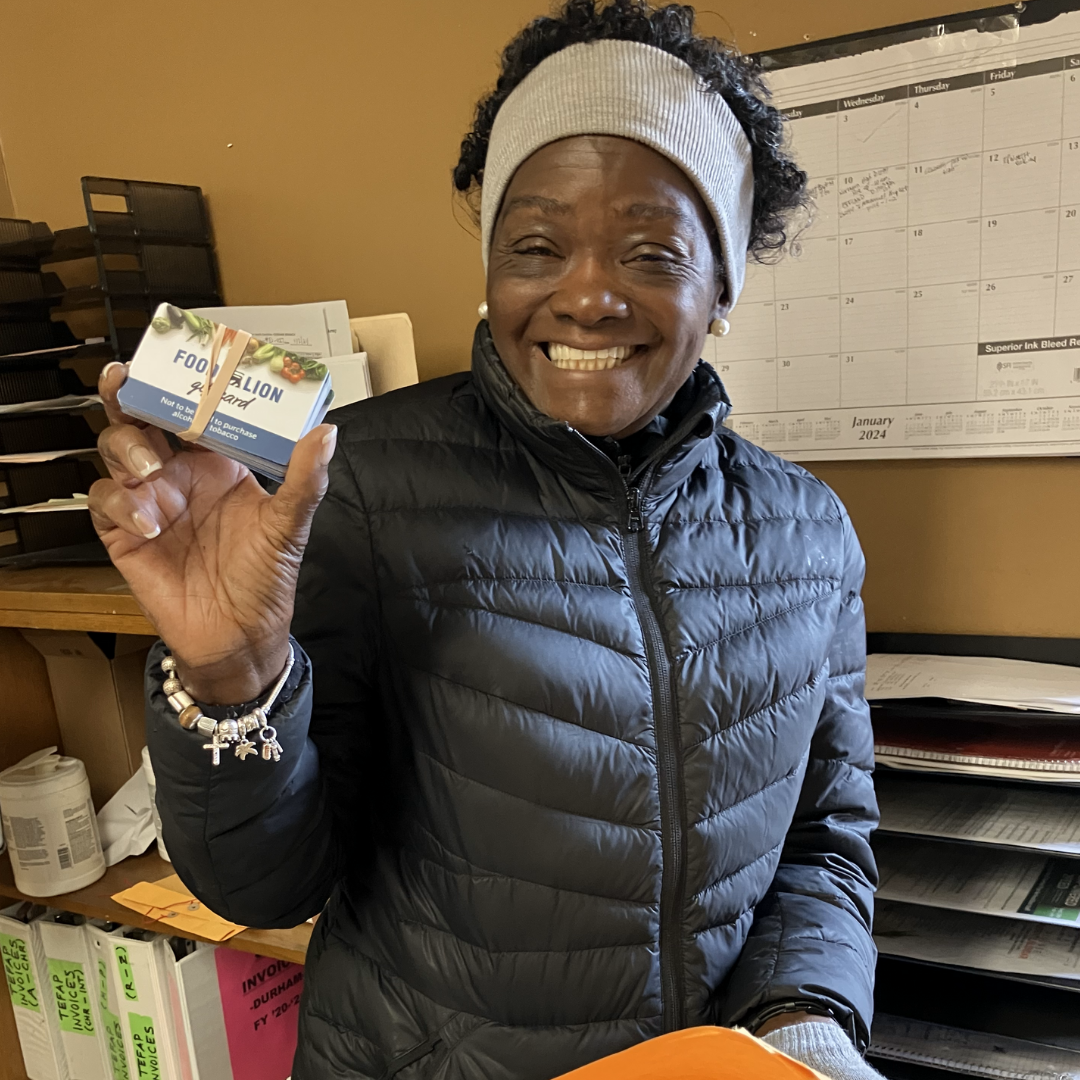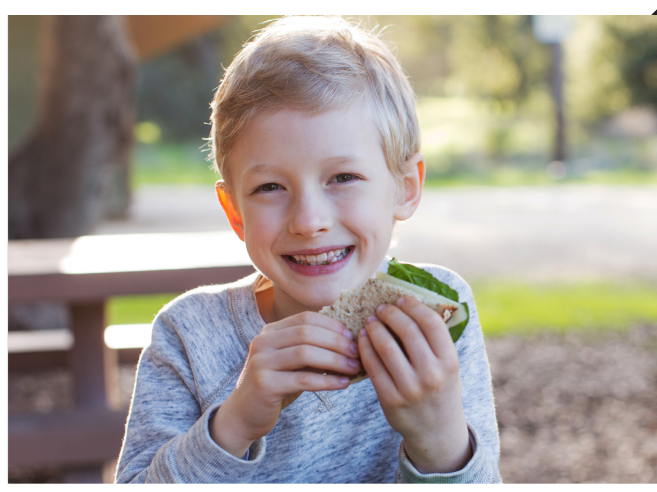There are many types of disasters—they can be manmade and natural. We all know that in our Food Bank’s service area, the most common disaster is hurricanes. From direct impact to flooding to addressing power outages and home-loss, we prepare and respond to support our neighbors after a disaster for as long as needed. 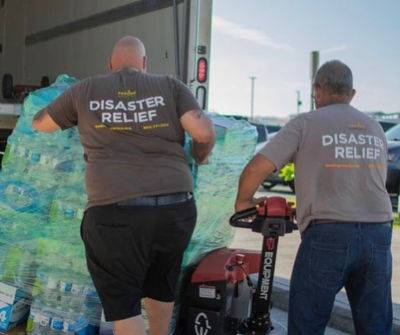
One of the first things we do to prepare is inventory what we have in stock. We know that water, snacks, and ready-to-eat foods are vital in the early days after a hurricane, followed by the items needed to restock what’s lost: frozen and perishable foods. Non-food items also become important to long-term recovery.
Another aspect of disaster readiness is ensuring we have additional space to store and distribute food. We strategically reach out to our contacts in the community to form agreements for additional space should a disaster arise. Dry warehouse space near one of our branches is ideal.
We are very thankful to work with our network of disaster-relief partner agencies, which include pantries, soup kitchens, and shelters that have expertise in serving after disasters. The Food Bank connects with them to ensure they too are ready for a storm, and to see if we can help stock them up with supplies and resources.
Disaster readiness and relief work are vital to our mission, and thanks to the support
of our community, we’re able to keep nimble to be more resilient together.


